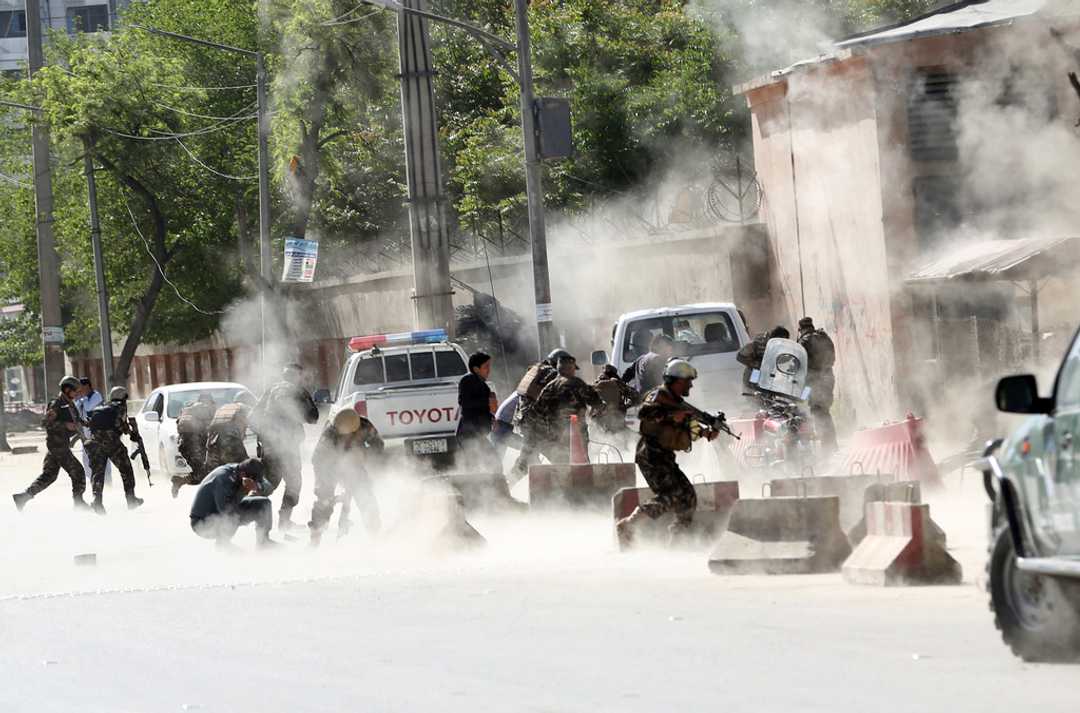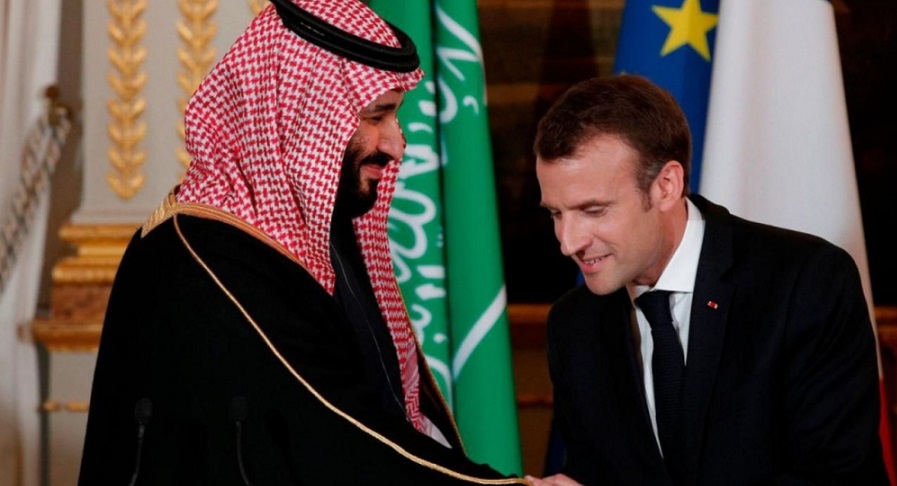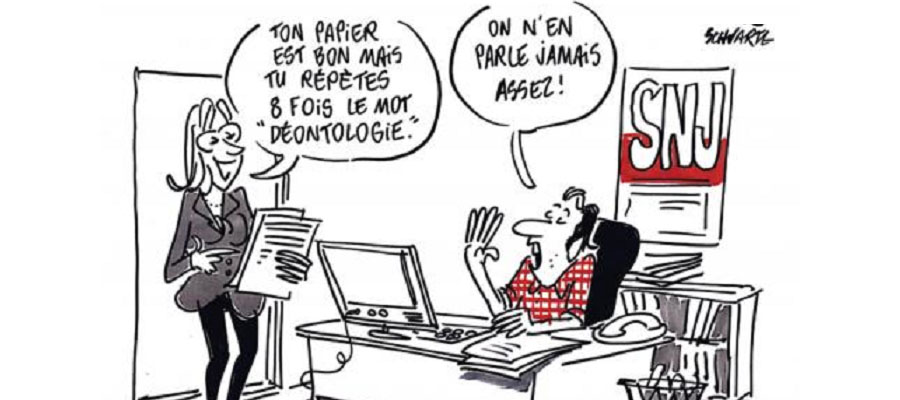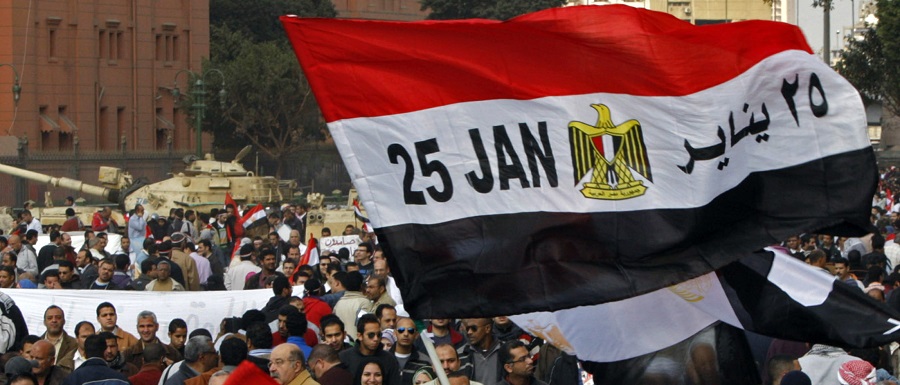Winner of the 2023 Marianne Initiative, Tamilla Imanova talks to L’Œil about human rights defense and activism in Russia.

L'œil de la Maison des journalistes
Liberté d'informer & Accès à l'information

Winner of the 2023 Marianne Initiative, Tamilla Imanova talks to L’Œil about human rights defense and activism in Russia.

En Afghanistan, 9 journalistes sont morts en 2019 Actualisation de l’article daté du 1er aout 2019 En juillet 2019, 37 cas de violence contre les journalistes …

Within the first six months of 2019, Afghanistan has lost six of its journalists in separate incidents, the first death of a journalist was recorded …

On Tuesday May 28th at 7:30, there was a conference broadcast over Facebook Live at “Le Grand Bréguet”, a Parisian bar to explain what happened …

Dans le cadre des 12ème assises internationales du Journalisme de Tours, le collectif #Payetoiunjournaliste a proposé de donner la parole aux citoyens sur la question …

Ranked 161st in the World Press Freedom Index 2018 from Reporters Without Borders, contemporary Egypt is characterized by a rapid deterioration in press freedom, subject …

In the first two months of 2019, the Afghan Media Community lost three of its members in two successive incidents. Javid Noori, a radio journalist, …